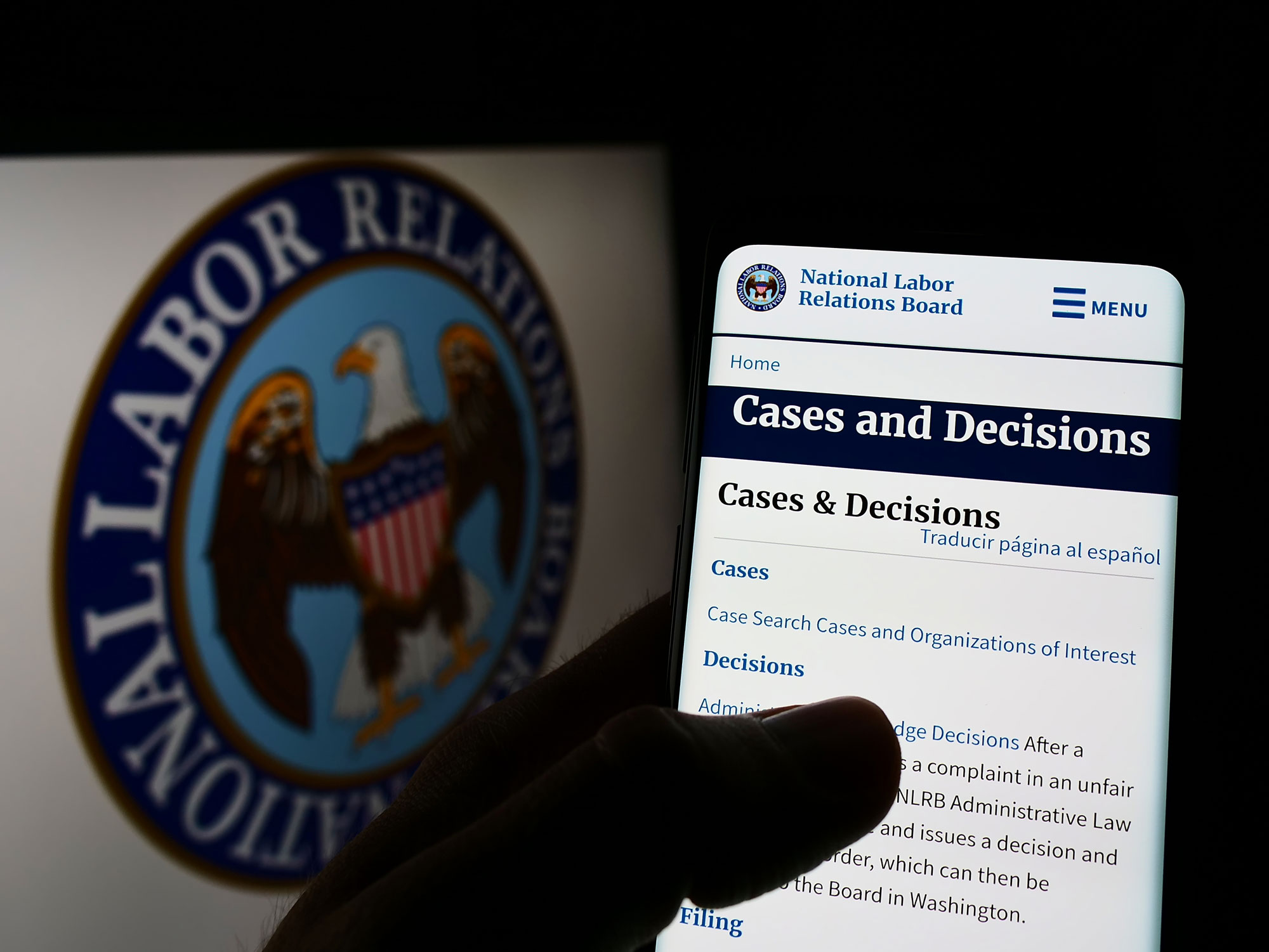A recent ruling by the National Labor Relations Board (NLRB) has declared that it is unlawful under federal law for employers to ask or require non-manager/non-supervisor employees who are being terminated to sign any severance or other agreement that requires the employee to keep the terms of the agreement confidential and not to disparage the former employer. This is a remarkable decision that is reverberating through the employment law community. Compounding matters, the NLRB’s decision left open numerous unanswered questions, such as whether its ruling applies retroactively to existing agreements and whether employers can get around this ruling by, for example, putting in so-called “savings clause” language that says the agreement does not limit the employee’s rights under federal labor law. It is also too early to tell whether this ruling will stand on appeal or be further limited or expanded in future NLRB cases.
It is common practice for an employer to pay severance when terminating an employee, particularly when the employer wants the employee to release any claims that they may have against the employer relating to their employment. Often this arrangement is a win-win because the employee generally does not have any claims to release anyway, so the severance payment is a nice solace while they seek another job. In turn, the employer gets the comfort of a release, knowing that they no longer have any further legal liability to the terminated employee.
Unsurprisingly, over the past decades, employers have expanded the types of things they want employees to agree to in exchange for severance. For example, many severance agreements have confidentiality provisions and non-disparagement provisions. A typical confidentiality provision requires the employee to keep the amount and terms of their severance confidential and may only disclose them to their spouse, attorney, accountant, or in response to a lawful government request or legal process. The usual non-disparagement provisions are generally aimed at preventing the employee from badmouthing or bashing their former employer with negative public statements about the employer.
Indeed, in the recent NLRB case, the provisions that were struck down as illegal were very standard:
6. Confidentiality Agreement. The Employee acknowledges that the terms of this Agreement are confidential and agrees not to disclose them to any third person, other than spouse, or as necessary to professional advisors for the purposes of obtaining legal counsel or tax advice, or unless legally compelled to do so by a court or administrative agency of competent jurisdiction.
7. Non-Disclosure. At all times hereafter, the Employee promises and agrees not to disclose information, knowledge or materials of a confidential, privileged, or proprietary nature of which the Employee has or had knowledge of, or involvement with, by reason of the Employee’s employment. At all times hereafter, the Employee agrees not to make statements to Employer’s employees or to the general public which could disparage or harm the image of Employer, its parent and affiliated entities and their officers, directors, employees, agents and representatives.
The NLRB found that these provisions had the effect of chilling or limiting these employees’ so-called Section 7 rights under the National Labor Relations Act (NLRA), which protects most employees (but generally not managers, supervisors, independent contractors, and other types of workers). In an unusual twist, the NLRB also found that merely offering a severance agreement with these provisions to covered employees would violate the NLRA: “an employer violates Section 8(a)(1) of the Act when it proffers a severance agreement with provisions that would restrict employees’ exercise of their NLRA rights.”
The scope and breadth of the NLRB’s decision cannot be understated. These have been very standard and uncontroversial provisions for years. Employers have a legitimate interest in keeping the amount of severance paid confidential so as not to create a rumor mill or marketplace of how much so-and-so received in severance versus someone else. This is a reasonable concern because every employee is different and every termination is different, so it is natural that there often are variations in what an employer pays employees for severance. Further, some employees are aided by counsel, which often results in increased severance payments. Even if the employee does not have a lawyer, some employees are simply better negotiators than others. As for the non-disparagement provisions, these are likewise reasonable and understandable: who wants to pay an employee thousands of dollars only to have that employee turn around and bash their former employer on social media or Glassdoor?
Employers should keep this ruling in mind as they navigate future termination and severance decisions. As noted above, the first step in any future termination will be to determine whether the NLRB’s ruling even applies to the employee being terminated (i.e., is he or she a non-manager or non-supervisor and thus subject to the ruling?). Employers should also take a close look at their existing severance agreements and determine whether they contain either or both of the offending provisions above. And, if an employer currently has an offer of severance pending for consideration by a terminated employee, it should consult with counsel immediately on how to proceed in light of the NLRB’s ruling. We will continue to keep an eye on further developments in light of this decision.
For more information, please contact PLDO Partner Brian J. Lamoureux at 401-824-5155 or email bjl@pldolaw.com. Attorney Lamoureux is a member of the firm’s litigation, employment, corporate, and cybersecurity teams.


